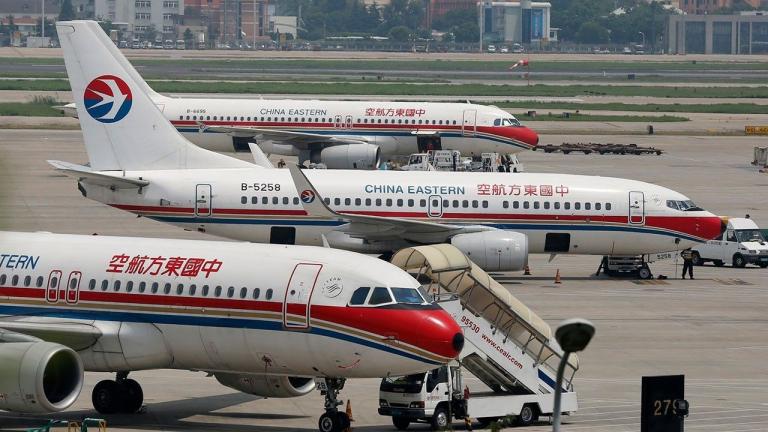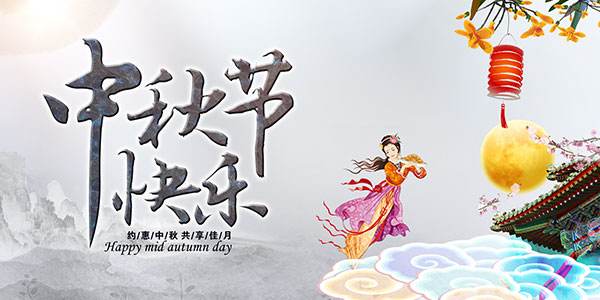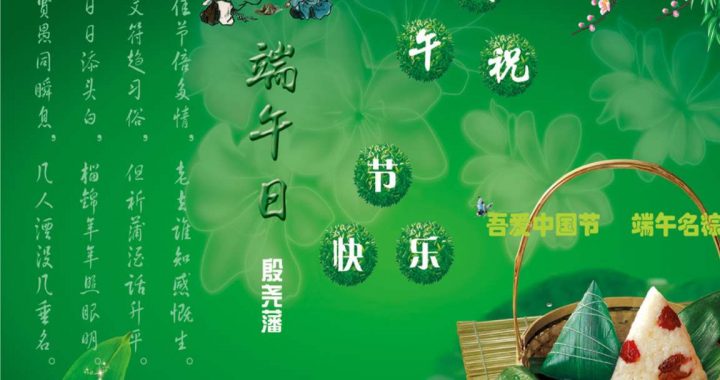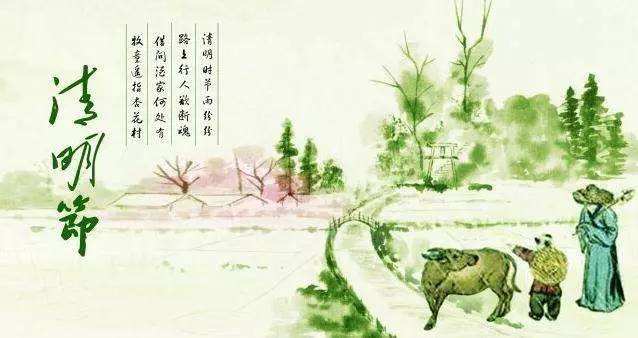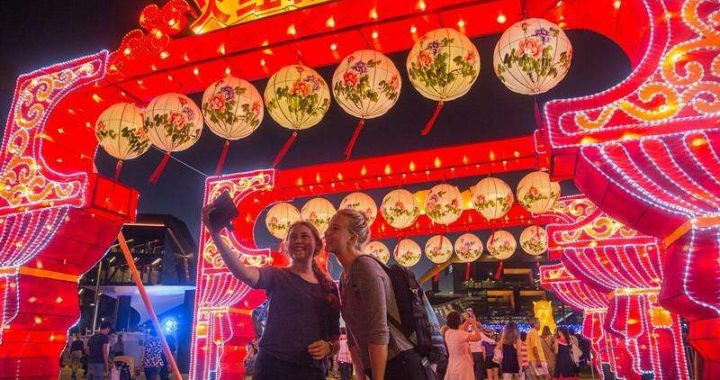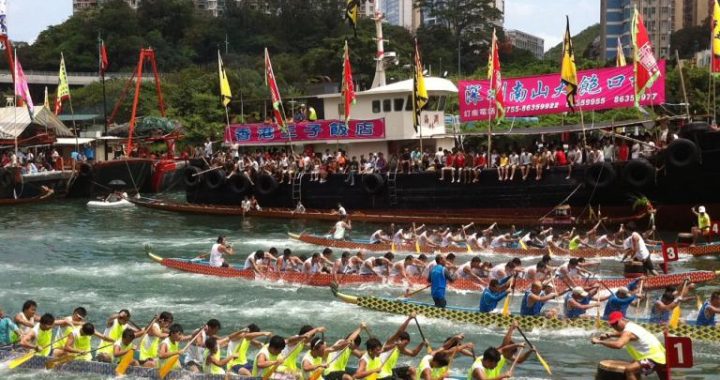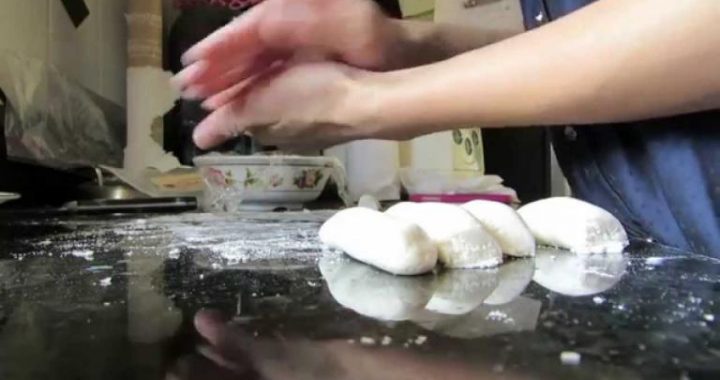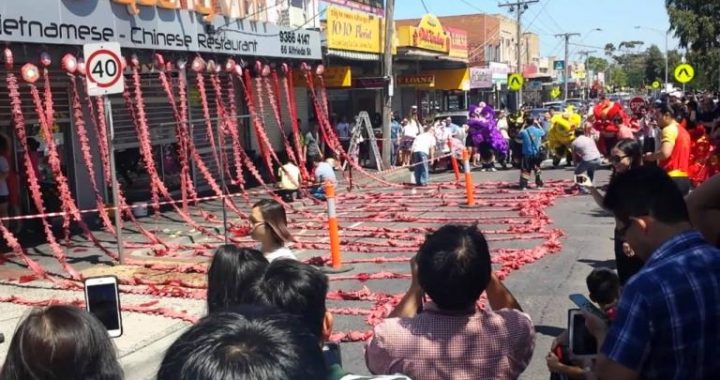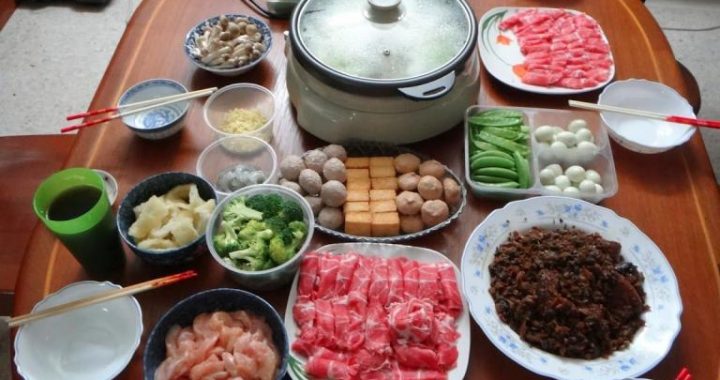New Year’s Eve feast
2 min readThe traditional New Year’s Eve feast. held on the in the countryside events of Spring Festival, greatly beloved among Chinese families. Before dinner, it is customary to olo yorThe traditional New Year’s Eve feast, held on the evening of the last day of the lunar year, is one of the m ceremonies honoring the ancestors and to set off firecrackers.
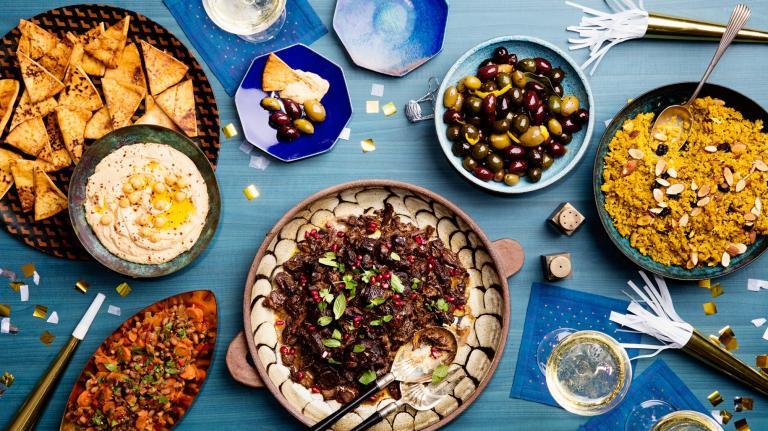
Several special traditions are associated with the New Years Eve feast. First, it is a time when the entire family gathers together. Whether the meal is cooked and eaten at home or enjoyed at a restaurant, all members of thefamily, old and young male and female, attend the feast. The evening before New Year’s Eve, all visitors must return to their own homes for the New Year’s celebration a place setting is prepared at the table for any family members who are unable to get home for the holidays, symbolically filling their place in the family circle Because it serves to bring the family together, the New Year’s Eve feast is also called the Reunion Feast. After the meal, the adults give the children red envelopes containing gifts of New Year’s money.
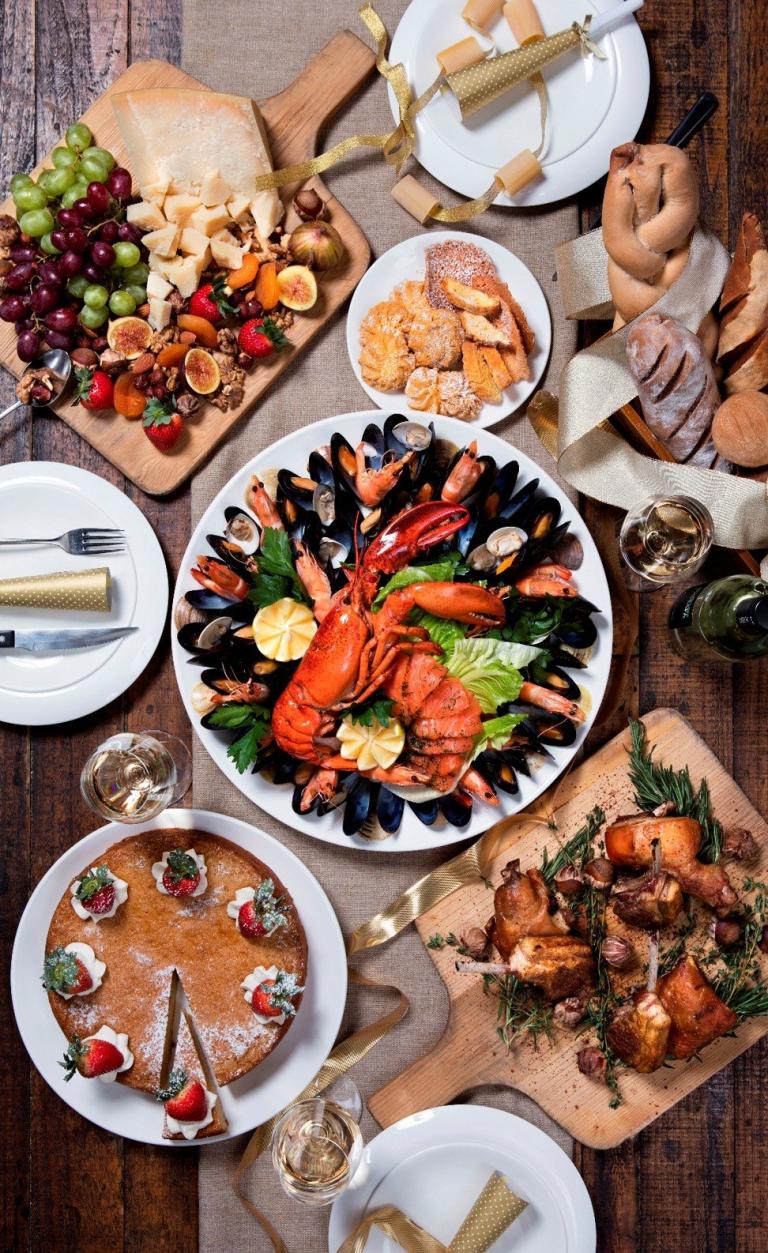
Second, the New Year,’s Eve feast includes a wide variety of delicious food and drink. After working hard all year people can finally relax with their families and enjoy life In some regions, it is traditional to drink a special kind of liquor tushujiu, steeped with herbs which is said to provide protection against disease in the coming year.
Third, the food served at the New Year’s Eve feast has rich symbolic meaning. The dishes definitely include fish and chicken, since their Chinese names are homonyms for”abundance”and”good luck. “In Taiwan, it is traditional to eat fish spheres (like meatballs, but made out of fish), whose round shape symbolizes the family circle and family reunions.
And of course, on New Year’s Eve everyone must eat jiaozi, boiled dumplings.
